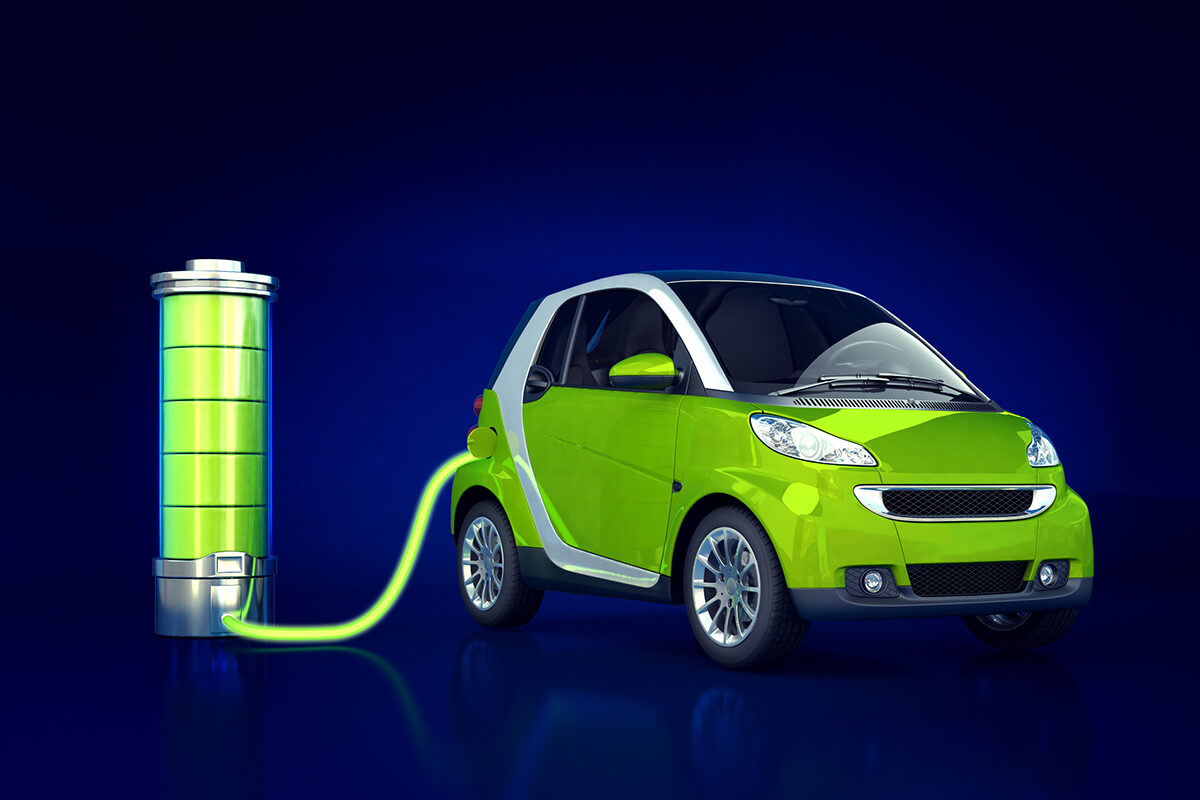As winter storms swept across the United States, reports emerged of electric vehicle (EV) drivers facing reduced range and long waits at charging stations. While it is true that driving an EV in cold weather presents additional challenges compared to gasoline-powered vehicles, there are techniques that can make winter driving with an EV less stressful. The automotive experts at Edmunds share their insights on how to navigate wintertime driving with an electric vehicle.
Cold temperatures diminish the performance of batteries by slowing down chemical reactions. This is a common experience with regular vehicles, as their 12-volt batteries struggle to start the engine. Likewise, EV batteries function optimally in warmer temperatures, and if it’s cold outside, the vehicle will draw from the battery’s stored energy to warm it up. Additionally, EVs rely on battery power to operate the cabin heater and heated seats. All these factors together can significantly reduce the vehicle’s range.
In extremely cold weather, expect a range reduction of 20% to 30%. For example, an EV with a typical maximum range of 250 miles may only have 175 miles in freezing temperatures. Furthermore, cold batteries charge slower at fast-charging stations.
To mitigate potential delays, it is advisable to charge an EV at public stations during off-peak hours, such as early mornings or late nights, when they are less crowded. It is also important to ensure that the EV is programmed to precondition the battery before fast charging. In cold temperatures, EVs can warm up the battery to the optimal temperature needed for fast charging. Although this pre-charging process consumes some battery power, it improves charging speeds.
Frequent charging is recommended as a contingency plan in case of power outages or unexpected traffic delays. Even if daily charging is not necessary, it is advisable to charge at home to avoid potential difficulties in finding available public charging stations. Nevertheless, it is essential to be considerate of other EV drivers who may also need to charge.
One of the most practical tips for wintertime EV driving is to preheat the cabin before starting the journey. Preheating not only ensures a warm and comfortable interior but also warms up the battery. It is best to preheat the EV while it is charging at home to avoid draining the battery’s charge. Most EVs offer preheating capabilities through integrated smartphone apps.
In conclusion, driving an EV in winter weather does require some preparation and adjustments. Cold temperatures impact battery performance, leading to reduced range and slower charging times. However, by using techniques such as preconditioning, charging during off-peak hours, and preheating the cabin, EV drivers can navigate wintertime driving with ease. So, whether it’s a snowy day or freezing temperatures outside, EV owners can still enjoy their electric vehicles while staying warm and comfortable.



